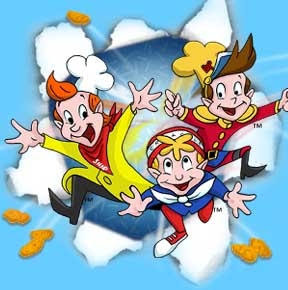Having seen the Open University programmes as a youngster eagerly anicipating the start of early morning children's programmes, I never anticipated being in a situation where I'd be dealing in, ironically, dry subject matter and number-based diagrams. Thankfully, I think that I have better dress sense than the learned, if uninspiring, science teachers!
Anyway, I think that for the purposes of understanding more about waters with wines, we should taste a wide variety of waters. These are not all waters that Aqua Amore distribute, as some are not even available in this country, save for the samples we have acquired for tasting purposes. The criteria I am using to differentiate these waters is a selection of:
- Origin (rain, artesian, glacial, spring)
- TDS (overall mineral content)
- pH (acidity/alkalinity)
I have also selected London tap water in the interest of comparison purposes, since some people will undoubtably use this as their starting point as a drinking water of preference.
To evaluate the waters, we are using an excellent taste evaluation inspired by the International Association of Sommeliers. This takes into account the taste sensations mentioned in my previous blog.
This has saved us an unbelievable amount of background research and provides the template for our understanding moving forward. Hopefully as we begin to understand more about which waters suit different grape varieties, we'll be able to retrospectively understand how features such as freshness, acidity, balance and structure affect the taste of the wine.
According to the Open University style diagram, without having to study the results, there is quite a noticeable difference in the organoleptic properties of the eleven waters.
Just as a starting base for dispelling the populist misconception that 'water is water', the results are significant and indicative of the variety of results that we are likely to have in 'Minerals & Terroir'.
Roberto' s analytical nature prompts him to predict that the key elements here will be freshness, acidity and sapidity. Nicolas' head is spinning with excitement at the promise of discovering more about this subject, after such a great variety in results. And I need to pay a visit to the gents.
Acidity, by the way, is the freshness (sensation of cooling), experienced when the water is on the palate and when it has first been swallowed.


.JPG)






 This little treasure trove is both a Lebanese restaurant and by day, a boutique deli. It is in Weybridge, Surrey and Ed was one of the first people to call us with a genuine interest in water. When I heard his wife Rita talking about her favourite waters and preferences, I almost fell off my chair! Rita told me about this chap, Nicolas, who had tasted waters for the Arabic press and also for a number of UK trade publications, in addition to being closely involved in the wine tastings.
This little treasure trove is both a Lebanese restaurant and by day, a boutique deli. It is in Weybridge, Surrey and Ed was one of the first people to call us with a genuine interest in water. When I heard his wife Rita talking about her favourite waters and preferences, I almost fell off my chair! Rita told me about this chap, Nicolas, who had tasted waters for the Arabic press and also for a number of UK trade publications, in addition to being closely involved in the wine tastings.